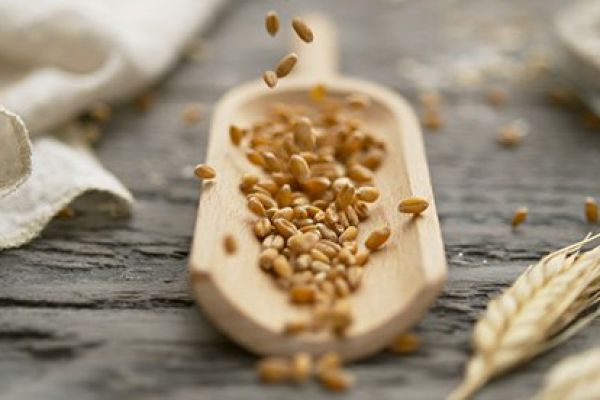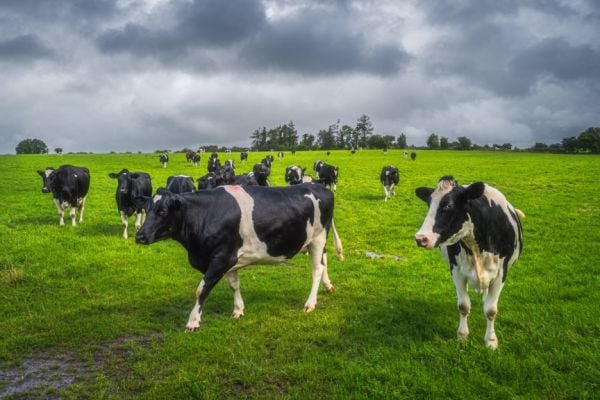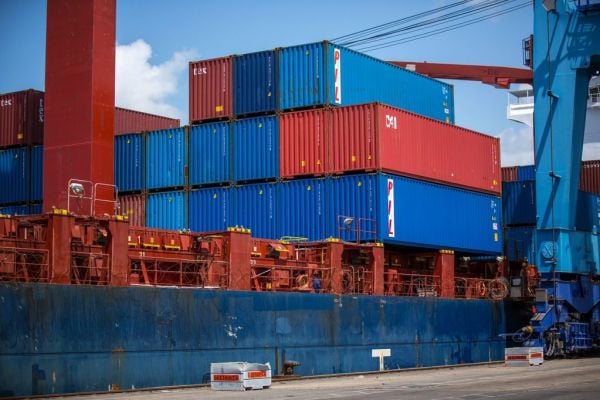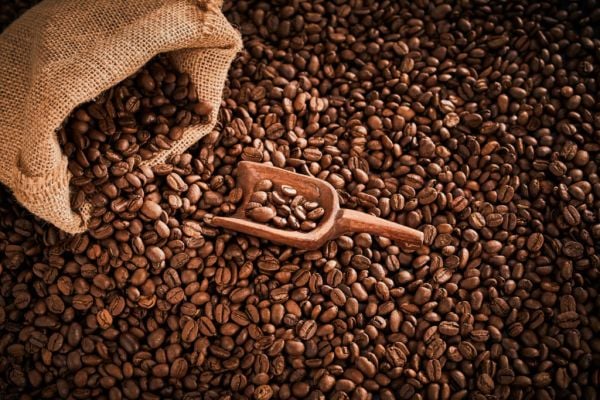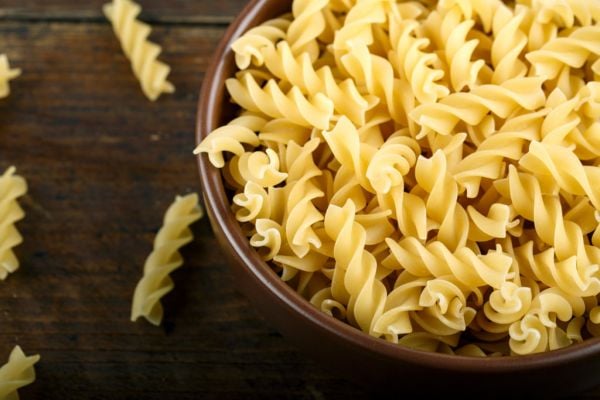Pressed into emergency service by the blockade of Ukraine's seaports by Russian invaders, neighbouring Romania is racing against time to move Ukrainian grain to global markets before the next harvest triggers bottlenecks.
Ukraine, the world's fourth largest grain exporter, has been forced by Russia's invasion to re-route shipments by train via its western border into neighbouring Poland, Slovakia and Romania or on barges through its small Danube river ports.
But Ukraine needs to move 20 million tonnes of grains before the new harvest in less than three months to avoid bottlenecks and forestall a global food crisis.
European Transport Commissioner Adina Valean has called the challenge "gigantesque" and said on Thursday the European Commission will work with EU governments to put in place effective new transport routes for Ukrainian grain.
The scale of the challenge comes into focus in Romania's flagship Black Sea port Constanta, where only about 1% of the EU target, or roughly 240,000 tonnes of Ukrainian grain has so far passed through, its manager Florin Goidea told Reuters.
Port Operator
Constanta port operator Comvex has handled roughly 180,000 tonnes of that amount on four ships, including the Nordic bc Munich freighter that finished loading 33,000 tonnes of maize bound for Egypt earlier this week, with the grain arriving by rail, barge and truck.
"We are in a position to handle these goods through great effort," Viorel Panait, president, Comvex told Reuters.
"But these efforts are insufficient to make up transit routes overnight for such important volumes. More equipment is clearly needed."
Last year, Constanta's port shipped a record high 25.2 million tonnes of grain from Romania and its landlocked neighbours Serbia, Hungary and Austria.
Panait estimated that operators, with promised fresh investment in infrastructure, could handle another 20% on top of last year's volumes, or roughly five million tonnes.
He said government- or EU-backed support could help operators invest in costly equipment needed to fully handle Ukrainian cargo, like cranes, train loading equipment and gear for raw materials which the port does not usually handle.
Comvex operates Europe's fastest-loading grain terminal, which can process up to 70,000 tonnes per day.
Earlier this week, it was unloading 10 train wagons per hour.
In June, it will add a second unloading line for barges which will double its barge capacity, Panait said.
Comvex has also shipped roughly 160,000 tonnes of Ukrainian iron ore over the last month through its mineral handling terminal.
In May it signed a separate contract with a Ukrainian producer to ship up to 180,000 tonnes of iron ore per month.
Infrastructural Challenge
Problems with Constanta port's connecting infrastructure have posed one of the main challenges to taking on Ukrainian grain.
At the start of the year, around 700 rusty wagons were blocking the tracks, and rail rehabilitation works were stalled.
Since then, Romania's state-owned rail freight company has removed around half of the de-commissioned wagons.
In June, it will start rehabilitating 35 rail lines in the port, a 200-million-lei ($42.08 million) investment, the transport minister said.
It is also working on rehabilitating both wide and regular gauge railroads connecting Ukrainian territory with Romanian sea and Danube river ports.
Constanta will use EU funds for a dredging project to improve berth depth and plans to expand operating capacity by adding 17 berths in the longer term. Port operations were up 10-11% so far this year, Goidea said.
Capacity would be stretched from July with the arrival of new crops from Constanta port's regular clients.
"I do not see a problem at the moment operating grains," Goidea said.
"Without question it will get crowded (after the new harvest) but this is the situation, we must find solutions. We will do the best we can."
News by Reuters, edited by Donna Ahern, Checkout. For more supply chain stories, click here. Click subscribe to sign up for the Checkout print edition.
